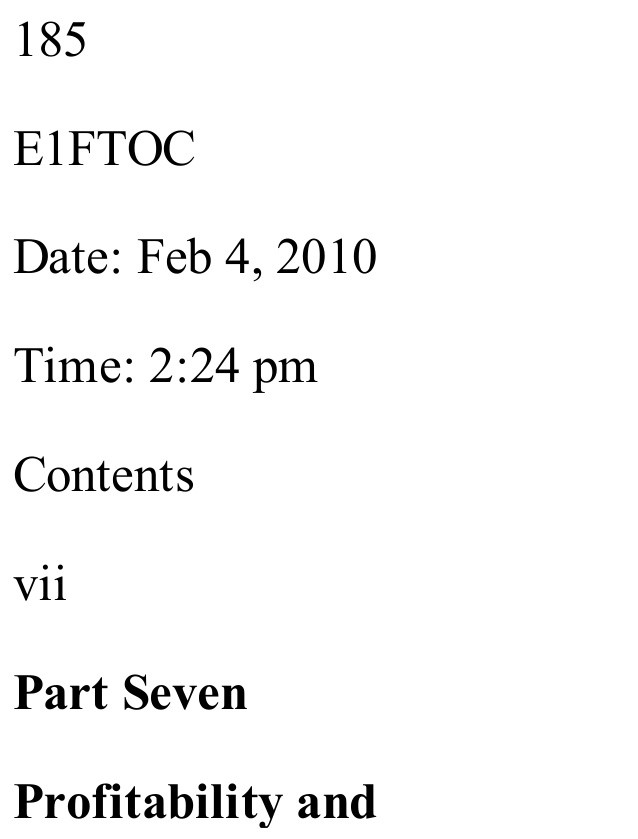Thoughts Provoked by “Buffett Beyond Value” – Diversification; How Many Stocks should you Own
Post on: 27 Апрель, 2015 No Comment

Thoughts Provoked by “Buffett Beyond Value” – Diversification; How Many Stocks should you Own?
Post #4 About Diversification (and Concentration)
Philip Fisher quote Investors have been so oversold on diversification that fear of having to many eggs in one basket has caused them to put far too little into companies they thoroughly know and far too much others about which the no nothing at all. It never seems to occur to them much less to their advisors, that buying a company without having sufficient knowledge of it may be even more dangerous than having inadequate diversification.
This is a topic we have discussed in the Dayton meetup group in the context of CANSLIM portfolio management. Here we find consistency between several successful investors. In effect, less is more may not be the precise phrase to use here, but certainly too many can certainly induce a negative impact on your growth portfolio.
We know from readings of WON, that an individual investor who cannot devote full time monitoring should hold no more than 5 to 10 stocks in their portfolio at any one time. It is too difficult to monitor the important dynamics of each position when the number becomes too large.
Some of us have found ourselves generating more trades than we know we should and end up with too many holdings over time. This may also be true of our overall portfolios for which many of us have accumulate this or that stock throughout the years and have collected a menagerie of positions. In some ways we have had the term Diversify thrown at us so often that we acquiesce to an assumption that because we have so many different holdings we must be diversified, therefore we must be doing well in that arena. However, this kind of thinking can get us into trouble when in reality there are stocks representing stocks of declining fundamentals or an unintended over-weighting of certain industry groups within our portfolios.
So, how has Buffett guided Berkshire Hathaway in this venue? Although there is a sizable representation of stocks in the total portfolio, an observation of Berkshires annual report back in 2008 showed only 16 major holdings. The companies in the portfolio are of a selected mix. Of course, diversification within the entire B.H. business model is affected by non-equity positions (e.g. insurance, which is their primary business). However, with so few stocks, the representation of each significant. For example, in 1999 their primary holding was Coca-Cola at $1.7 billion, or 18% of Berkshires total assets at the time ($9.5 billion).
What defines good diversification?
True diversification is not simply picking a large lot of companies (although that is what Mutual Funds may try to sell us on because by definition they must have a large count of holdings so they redefine what diversification is to meet their model) into a portfolio pot. Rather the intelligent selection of a few complementary companies will do the job. For example, a high-fashion holding such as Abercrombie & Fitch which has high profit margins in strong retail economic conditions but is negatively by weak economic conditions could be balanced out by a discount store holding such as Walmart.
Benjamin Graham has defined a mathematical derivation of the standard deviation of Portfolio Returns in relation to the Number of Stocks in the Portfolio. As the illustration below shows, an acceptable range is somewhere between 10 and 30 stocks.
Once you have 20 to 30 stocks in your portfolio, adding more stocks does very little to reduce the volatility of the portfolio.
One reason that diversification may not be as important as it initially seems is that many companies are already diversified internally.
Contrarian Views
To be fair, there are some who argue against the above analysis and recommendation. Of course, this post is about derivations from Buffetts influence, so the other arguments are outside of that context. Nevertheless, if you would like to read more, start at The Illusion Of Diversification: The Myth Of The 30 Stock Portfolio at Investopedia














